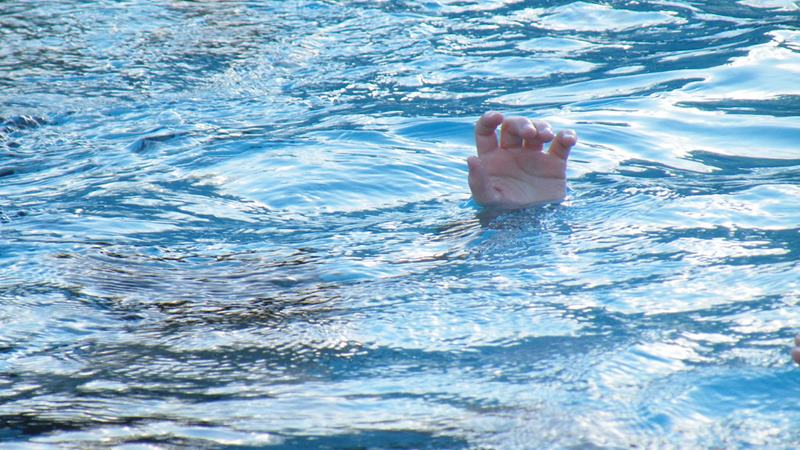Asia-Pacific region accounts for every 2 in 3 global deaths by drowning: WHO
WHO states that climate change has increased the risk for drowning deaths as more frequent and extreme weather events can lead to more regular and intense floods, increasing populations’ exposure to potentially hazardous interactions with water. Details here.


Drowning rates in the region’s lower middle-income countries are nearly four times higher than those of its high-income countries. Photo: Flickr/Kevin Makice
As per two reports released by the World Health Organization (WHO), South East Asia and the western Pacific region owing to its dense population and greater exposure to risky interaction with water bodies recorded nearly two thirds of global drowning deaths.
The reports, published on July 22, ‘Regional Status Report on Drowning in the Western Pacific’ and ‘Regional Status Report on Drowning in South-East Asia’ also warn that climate change, to which the Asia-Pacific region is particularly vulnerable, places already vulnerable communities and individuals at increased drowning risk.
Talking about drowning incidents that do not result in deaths (non-fatal drownings), the reports stated that such incidents also result in a substantial number of hospitalisations in the two WHO regions, and can cause severe brain damage that may result in long-term disabilities such as memory problems, learning disabilities and permanent loss of basic function.
In his foreword to the report, Takeshi Kasai, WHO’s Regional Director for the Western Pacific said: “Drowning kills more children in the Western Pacific under the age of 15 than HIV/AIDS, meningitis, malaria, dengue, malnutrition, respiratory disease and hepatitis combined. However, the greatest proportion of drowning deaths (34%) occurs among people aged 65 years and older, with men experiencing a greater burden of drowning than women”.

Drowning more prevalent in low-income countries
There are large disparities in drowning rates across the Western Pacific, with rates in lower-middle-income countries nearly four times higher than those in high-income countries, the study noted.
Drowning rates in the region’s lower middle-income countries are nearly four times higher than those of its high-income countries, the report informed.
“For example, The Federated States of Micronesia has the highest drowning death rate at 15.1 per 100 000 population compared to Australia where the rate is 0.7 per 100 000,” it stated.

“Drowning often affects low-socioeconomic communities who have the least resources to safely adapt to the risks around them. Drowning rates are also disproportionately high among minority populations in places where overall drowning rates are low,” it added.
WHO’s recommendations on drowning
Among its recommendations to prevent drowning-related incidents, the WHO states that governments should designate a national lead agency, or support establishment of a multisector coordination body, to drive coordinated drowning prevention efforts.
Other recommendations include:
- Governments should develop and implement a national water safety plan that contains measurable indicators for drowning prevention. Indicators should include outcome and performance measures.
- National governments and other relevant stakeholders should formalise multisectoral mechanisms to address drowning prevention and water safety by establishing partnerships across sectors and assigning clear roles and responsibilities.
- Governments should strengthen data systems that capture drowning incidents, while improving the availability and quality of reporting.
- Governments should perform a comprehensive review of drowning prevention legislation to ensure best practice laws are developed and that appropriate resources for implementation and enforcement are available.
- Governments should perform a comprehensive review of drowning prevention legislation to ensure best practice laws are developed and that appropriate resources for implementation and enforcement are available.


